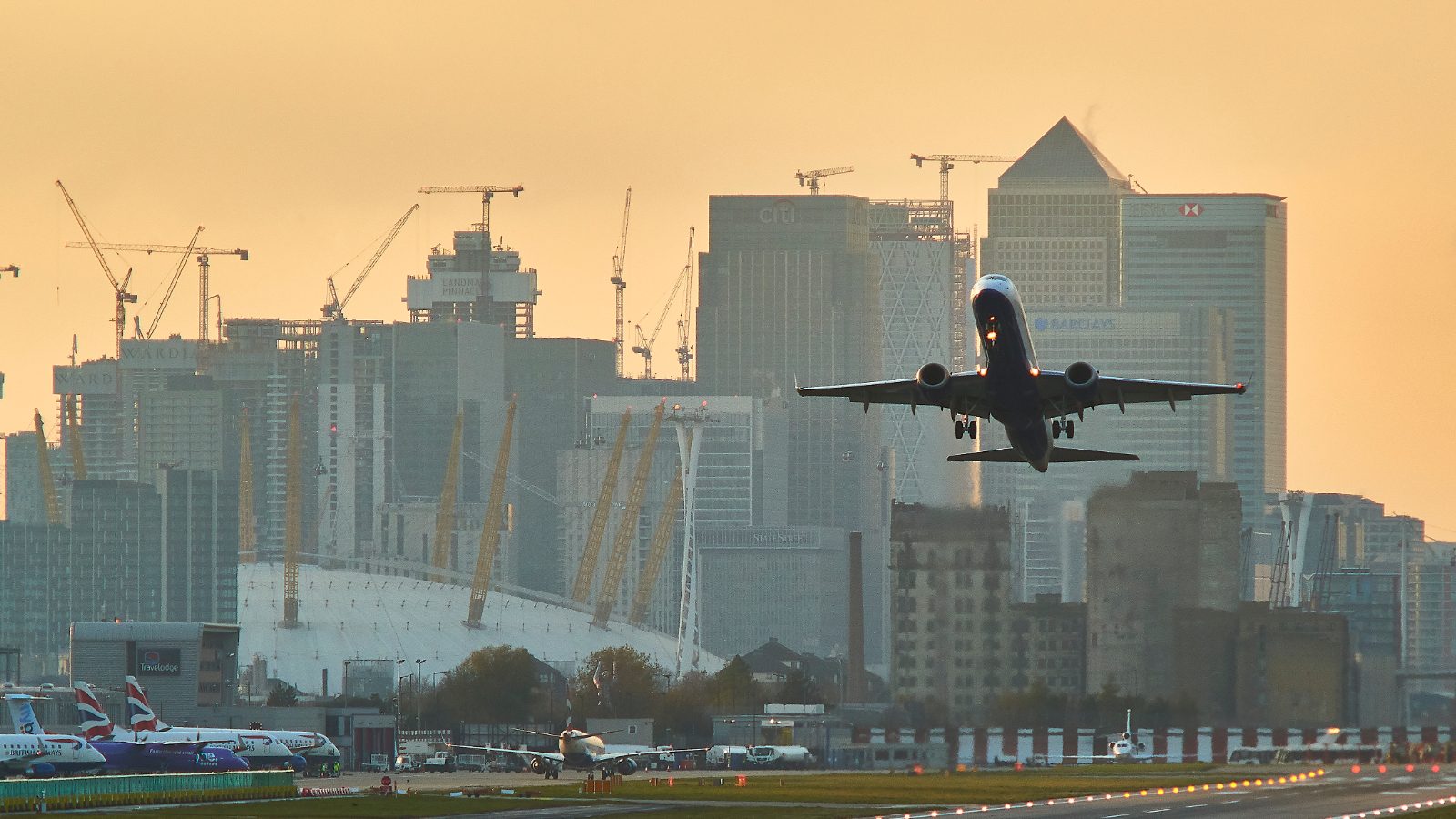02:12

Peer out the window as you come in to land at London City Airport, against a backdrop of the Canary Wharf business zone, along the 1.3 mile length of the runway a sprawling new development is taking shape.
Derelict for decades, the 35 acres site was abandoned when the once thriving docks there closed. Now a massive re-development of the Royal Albert Dock in East London is transforming the disused, run-down waterfront into a gleaming business hub for Asian finance and tech firms.
"London is expanding eastwards. After the City of London, Canary Wharf has been a draw for mainly big American Banks, so this could become a Chinese and Asian business hub. I think this is the end of the new Silk Road, linking China with the West," said Neil Robinson, Head of Global Communications at the Chinese property developer ABP London, who are spearheading the project.
A city within a city, the $2.1 billion property development is part of China's Belt and Road investment drive to fund large-scale infrastructure projects around the world.
The Royal Albert Dock was damaged in the Second World War and did not fully reopen until 1956. With its complete closure in the early 1980s, almost all the buildings were demolished. The new development has been built around the only couple of buildings left standing. Built in Victorian times, they were the first prefabricated buildings in the United Kingdom.
Now the very latest in construction technology, using digital techniques, is being used to build a new business hub. All of the phase one buildings were prefabricated and built using modular construction.

The development will see London's Royal Albert Dock transformed into an Asian tech and finance hub (Credit: WF Xue/Getty Creative)
The development will see London's Royal Albert Dock transformed into an Asian tech and finance hub (Credit: WF Xue/Getty Creative)
"This is, I think, the largest independent private-financed Chinese project in the UK, in London, probably in Europe," said Neil Robinson.
"We're providing jobs: when this project is fully completed in about eight years from now 30,000 people will be living and working in the ABP Royal Albert Dock," he said.
China is a big spender in the UK. According to the Guardian Newspaper, Chinese companies have made 15 big acquisitions in the UK so far this year, spending $8.3bn. Compare that to the whole of 2018 when Chinese buyers spent US$6 billion on 23 British deals.

While Canary Wharf has been a draw for predominantly American banks, the Royal Albert Dock is set to be a Chinese and Asian business hub (Credit: Vladimir Zakharov/Getty Creative)
While Canary Wharf has been a draw for predominantly American banks, the Royal Albert Dock is set to be a Chinese and Asian business hub (Credit: Vladimir Zakharov/Getty Creative)
But growing uncertainty about London's property market as a whole due to Brexit has made investors in office space nervous. Recent figures from consultancy Cushman & Wakefield show spending in the first half of 2019 fell 37 per cent compared to the same time last year.
"Businesses have come to see the project here from middle east, from Asia, from all over the world, and one of the things they have consistently said that has held them back from investment has been Brexit … and they have said once Brexit is settled of course we will have the confidence then to come into London," Robinson said.
Meanwhile, phase one is complete. The project that broke ground in 2017 will create 325 thousand square metres of office space, bringing to life an area of London that has lain dormant from some time.
(Cover Image: John Lamb/Getty Creative)